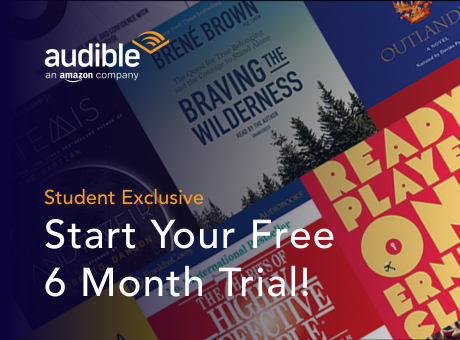Job hunting can be difficult. It can even be intimidating if you’ve never applied for a real job before. By real, I mean jobs that are actually related to what you want to do in your career. And building a resume might leave you stumped. What should I include? What sort of terminology do I use? Do I have to use bullet points? Should it be fancy and different?
The truth is, there are many ways to build a resume right. It may entirely depend on the job you’re targeting. However, some basic tips can help get your foot in the door by making your resume appealing and easy to read.
So, how do we build a resume like this?
Review Successful Resumes And Learn
Firstly, cater your resume to the industry and write a custom resume for every position you apply for. Lots of successful resumes include keywords that have been pulled directly from the job posting. Online resumes are typically sorted in a program that files them based on their content and appearance. Resumes that have specific keywords are passed on for review. Basically, it increases your chances of matching the position’s requirements which can lead to an interview.
Secondly, resumes should include the most up-to-date and relevant experience at the top with responsibilities, skills, etc. These details shouldn’t be basic job descriptions either. Specifically explain what you did to solve problems or skills you picked up from daily tasks. Prove to your potential employer that you will be an asset to their team. These can be 1-2 sentence bullet notes but should offer insight into what makes you unique… rather than tasks simply anyone can do. For more information on this, click here.
Lastly, sometimes information can be too general and vague on resumes, which deters hiring managers. So, be specific about dates. Include the months and/or years you worked at a company along with what you did there.
Templates Are Great!
Online resumes tend to be scanned before they are read. So, your resume should be clean and tidy, and 2 pages or under (preferably just 1 page). Format your information logically with wide margins and clear headings. Bolding or italicizing headers can help guide the reader’s eye, but try not to use them for everything.
If you’re still unsure how to build a resume, then try a template! Templates breakdown resumes into a short profile of yourself, your strengths, work experience, and volunteering. By utilizing available templates, your resume will follow a basic system that is easy to read. Basically, it allows you to personally customize a preset platform by inputting your information and tweaking it as you need.
Don’t forget to keep everything the same to maintain a clean, flowing document. For example, if you use a period at the end of one bullet point, continue to do so throughout the entire document.
Basic Font
Don’t try to get all fancy here. Times New Roman or Arial work just fine. Hiring managers want something that is easy to read. And this will work in your favour when your resume is scanned prior to reading. Scanning programs usually prioritize simple, concise resumes. To learn more about resume fonts, click here.
Short Profile
Offer a brief elevator pitch about who you are, what job you are going for (use specific titles), and your strengths. Additionally, having real numbers can help. You may not be able to quantify absolutely everything that you’ve accomplished in life, but if you’ve worked in an industry for a few years, include it. It’s part of who you are and it shows a commitment.
Contact Information
How else will they get back to you? This is an absolute MUST. It’s never a bad idea to include this information at the top of your resume, just below your name. Then whoever is reviewing your qualifications can’t miss it.
Building an eye-catching resume will take time and effort, but it’s worth it to better your chances of scheduling an interview. However, if you’re worried that your resume is not up to standard, read 10 Resume and Cover Letter Mistakes We’ve All Made. It may make you feel better while simultaneously showing you what you should avoid on a resume.
Happy job hunting!

Listening Is The New Reading
*Opinions expressed are those of the author, and not necessarily those of Student Life Network or their partners.




